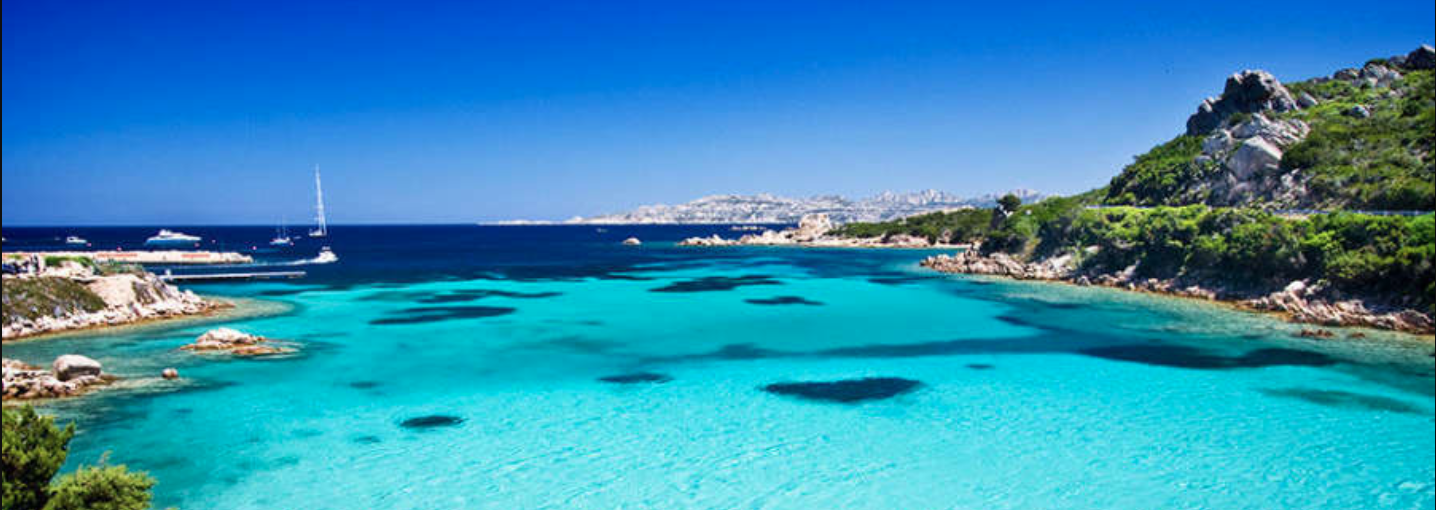The Italian Blue Dilemma: blu or azzurro?

The Difference Between "Blu" and "Azzurro" in Italian: Understanding the Nuance
If you're an English speaker learning Italian, you might have noticed that the Italian language has two distinct words for what English typically categorises under the umbrella term "blue": **blu** and **azzurro**.
At first glance, these two words might seem interchangeable (and in some rare occasions they are!), but understanding the difference is key to mastering Italian color vocabulary.
Let’s dive into this subtle yet significant distinction.
**Blu: The Darker Shade**
In Italian, "blu" refers to the darker shades of blue, akin to what English speakers think of when they imagine a navy or deep blue. This color is often associated with the night sky or the deep sea.
For example, when Italians talk about the color of a dark suit or the deep blue of the ocean, they use the word "blu."
**Example:** *La sua giacca è di un blu scuro.* ("His jacket is a dark blue.")
**Blu** is the word you’d use to describe a serious, intense color—something profound and rich.
**Azzurro: The Lighter, Sky-like Blue**
On the other hand, "azzurro" denotes a lighter, more vibrant shade of blue.
It’s the color of the clear sky on a sunny day.
Or some crystal-clear waters.
"Azzurro" captures the brightness and lightness that "blu" lacks.
This color often carries connotations of tranquility, clarity, and openness.
**Example:** *Il cielo oggi è azzurro e limpido.* ("The sky today is blue and clear.")
**Azzurro** is also the color associated with many aspects of Italian culture, notably the national sports teams, who are fondly referred to as *gli Azzurri/ le Azzurre* because of the light blue color of their uniforms.
**So, why the Confusion?**
For English speakers, this distinction can be puzzling because the English language doesn’t really differentiate much between these shades with separate terms.
At least in everyday conversations, both "blu" and "azzurro" would typically be translated simply as "blue."
English speakers might use modifiers like "light blue" or "dark blue" to convey the same idea that Italians express with different words.
In everyday Italian, the choice between "blu" and "azzurro" isn’t just about accuracy—it also conveys mood, atmosphere, and even cultural references. Understanding when to use each term will not only improve your language skills but also deepen your appreciation of the nuances in Italian culture.
**My three tips to Remember the Difference**
1. Watch international tournaments of your favourite sports where France and Italy will compete.
Why?
They'll do it in their iconic colours, giving you the perfect visual reference.
The French athletes, known as *Les Bleus*, will be wearing dark blue uniforms that represent the Italian word"blu," while the Italian teams, *gli Azzurri* and *le Azzurre*, will be in lighter, sky-like blue, representing "azzurro."
Seeing these colours in action will help solidify the distinction in your mind.
2. Another visual tip.
Have you seen the featured image of this blog post?
[No, It's NOT photoshop, it's a real place in Italy!
(keep reading if you wanna know where it is!)]*
Notice how the clear, light blue waters close to the shore are referred to as *acqua azzurra*, while the darker patches and the deep blue waters in the distance are called *blu*.
This natural gradient is a perfect visual representation of how Italians perceive and describe different shades of blue, isn't it?
3. A tip to...sing!
"Acqua azzurra, acqua chiara" is a 1969 song composed and performed by Lucio Battisti, who is widely recognised for songs that defined the late 1960s and 1970s era of Italian songwriting.
Click on the link to hear the song and sing along: it might help!
**A Colourful Reflection of Italian Life**
Colours are more than just descriptive terms.
They reflect how a culture sees the world.
In Italian, the distinction between "blu" and "azzurro" goes beyond mere terminology.
It’s a reflection of the importance of color in the Italian experience—whether it’s the deep, mysterious blue of the night sky or the bright, hopeful blue of a clear day.
Paying attention to these subtleties will enrich your understanding and use of the language.
So next time you look up at the sky, whether it's "blu" or "azzurro," you'll know exactly which word to use.
And you might understand a bit more about why Italians see the world the way they do.
* That is the island of...Sardinia!